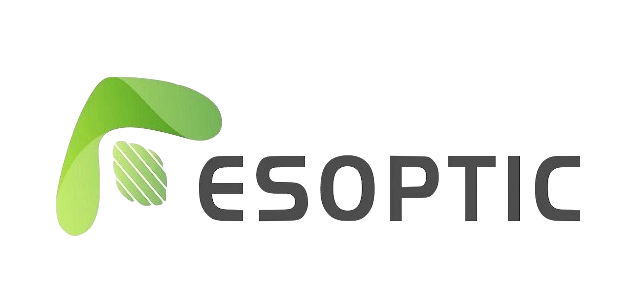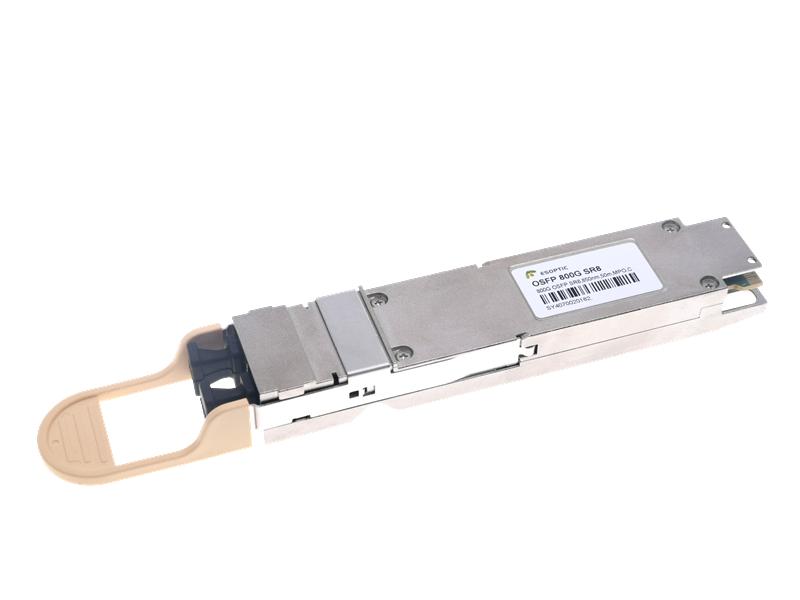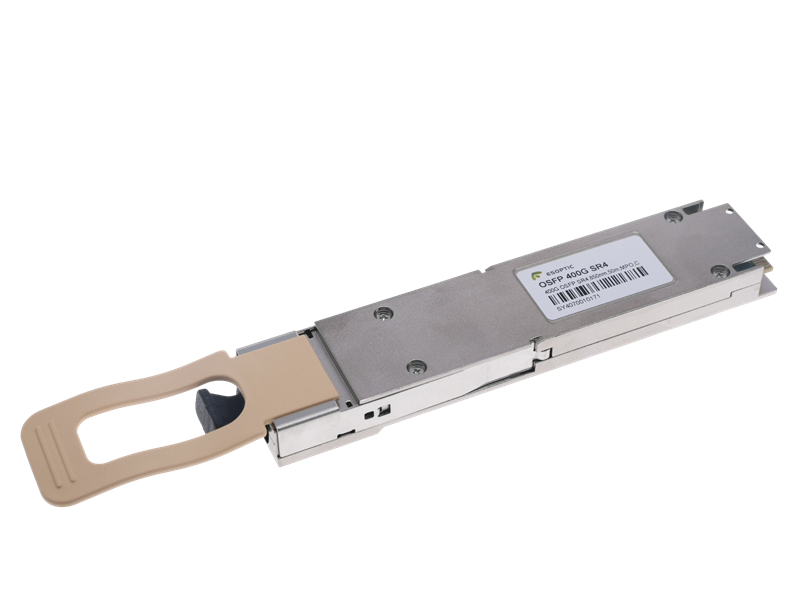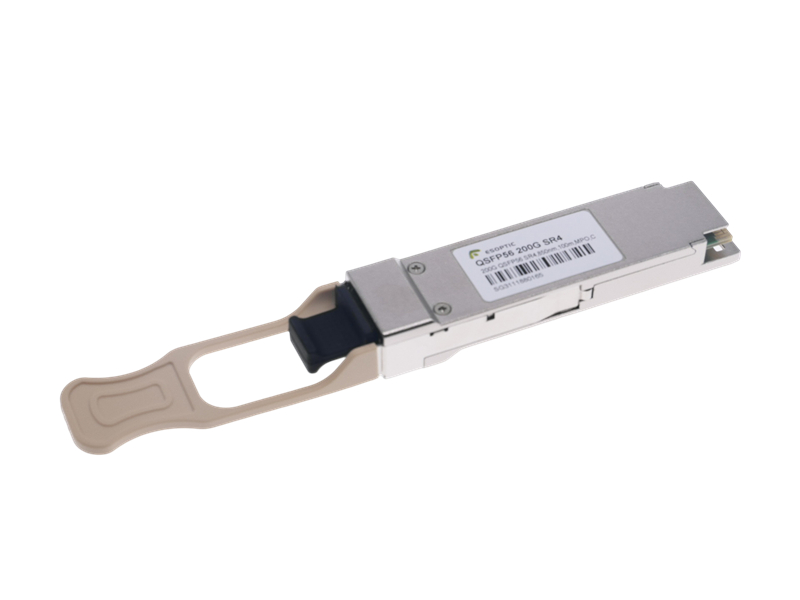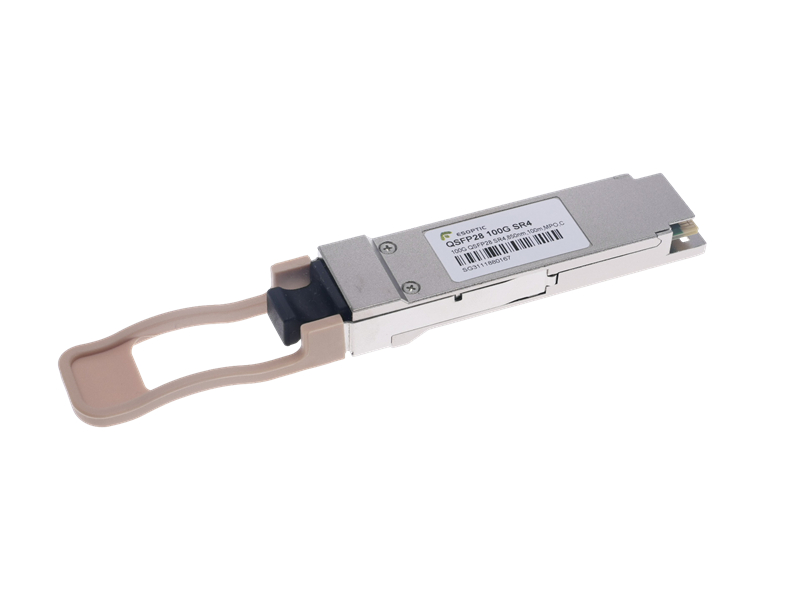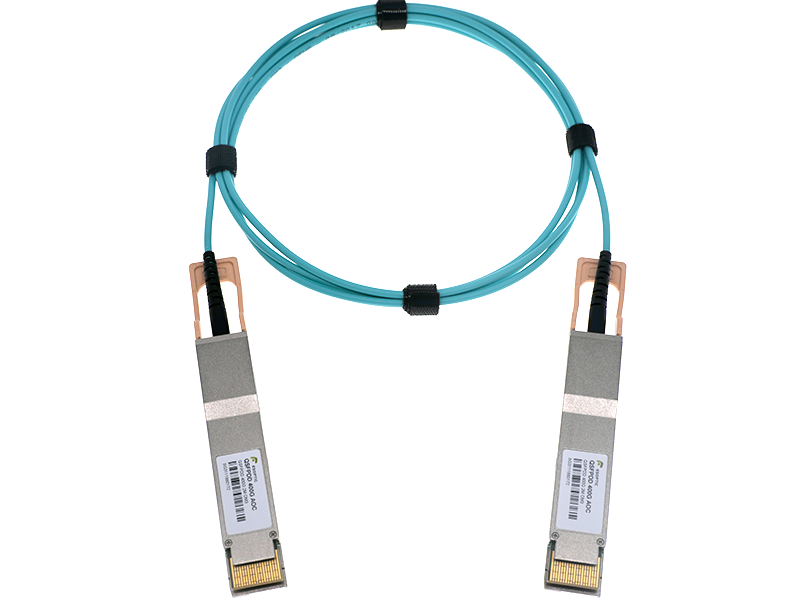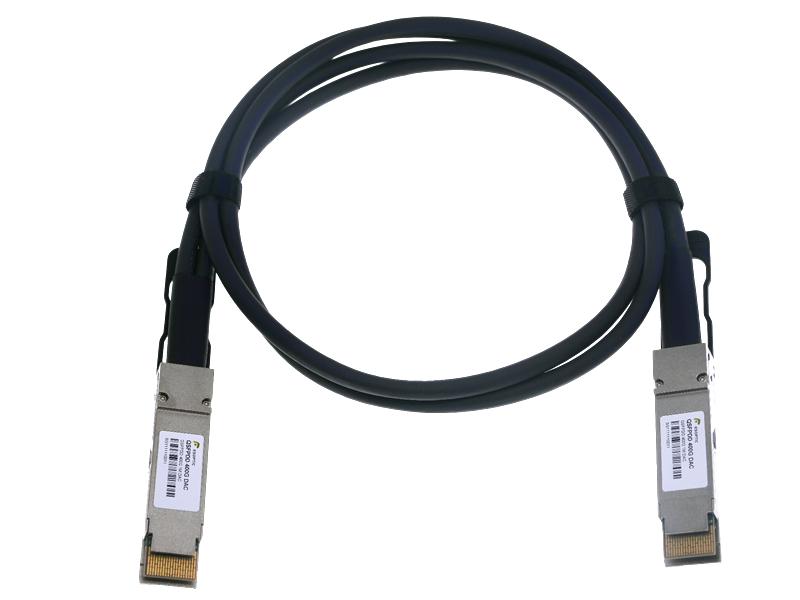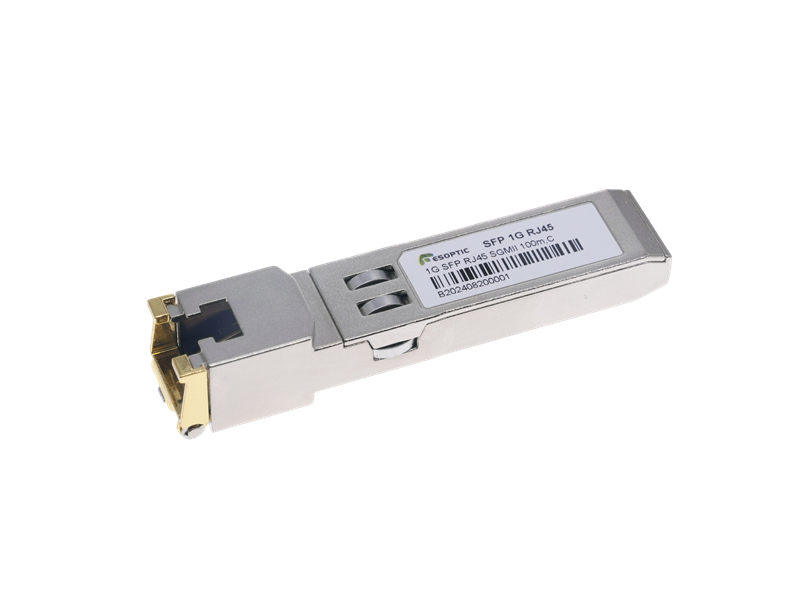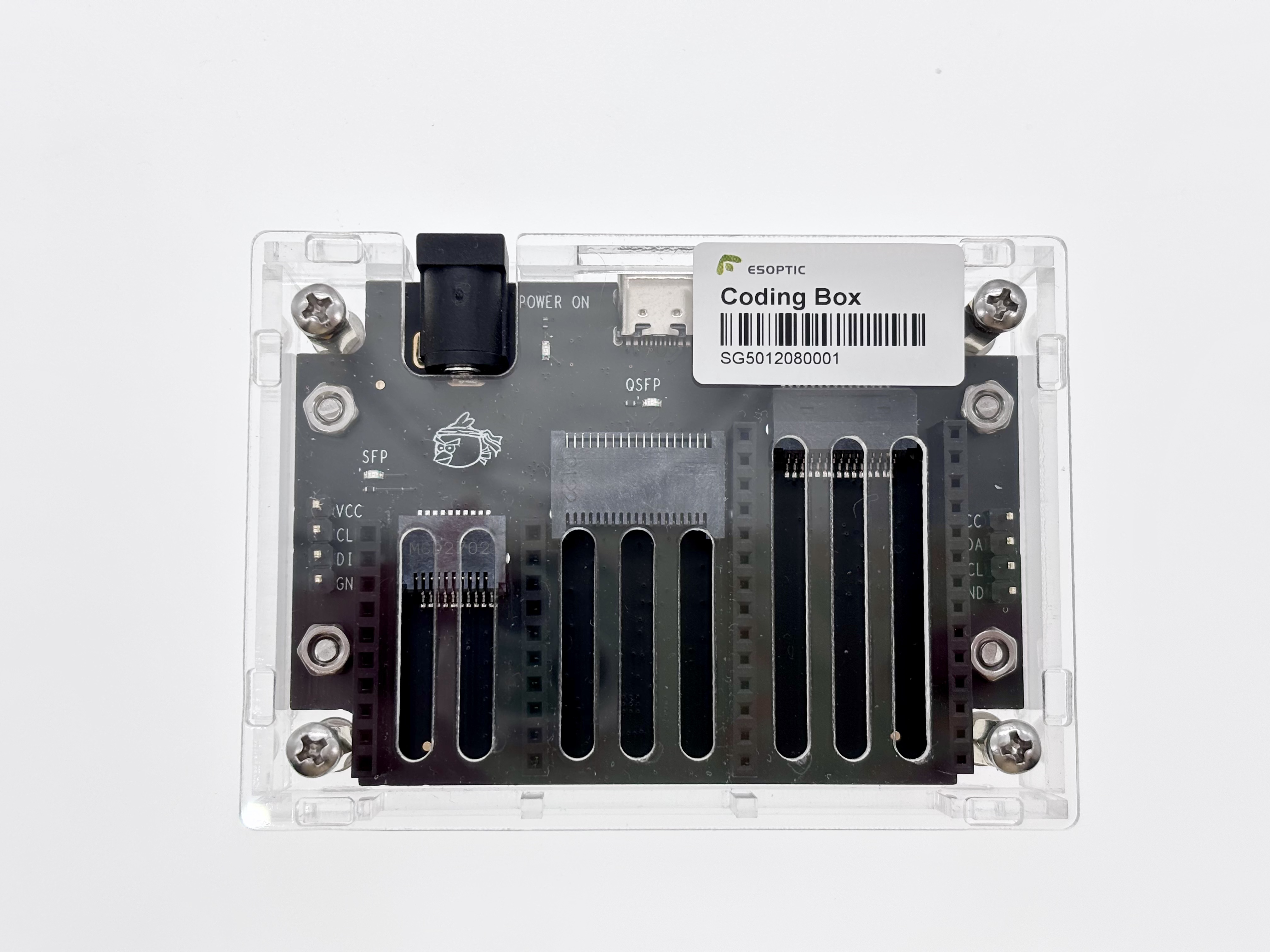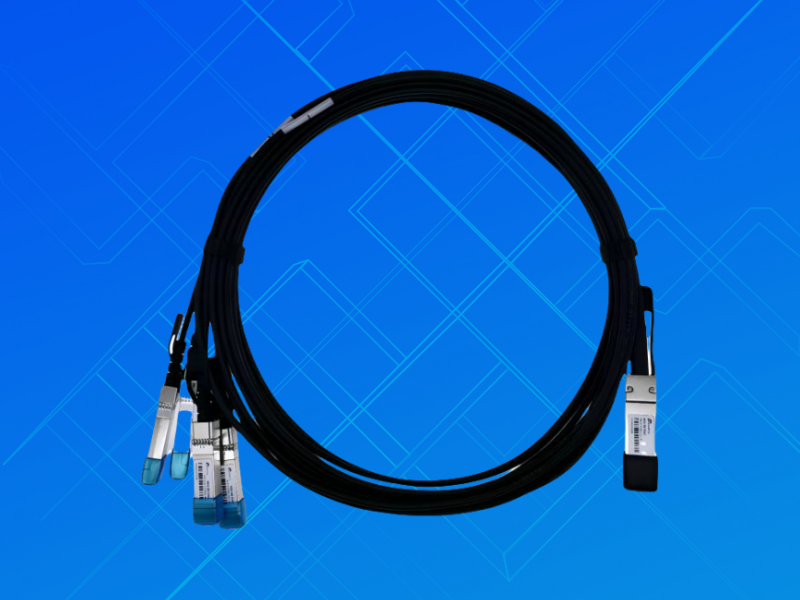Abstract
Direct Attach Cable (DAC) is a short-distance connection solution widely used in data centers and network architectures. It is based on copper cables and achieves low-cost, low-latency and high-reliability transmission through an integrated design. This article will analyze the core principles, type differences, application scenarios, and comparison with Active Optical Cable (AOC) of Direct Attach Cable to help readers fully understand this key technology.
What is Direct Attach Cable?
Direct Attach Cable (DAC) is an integrated cable assembly consisting of a copper cable and fixed connectors at both ends. The module head is inseparable from the copper cable. Its core principle is to transmit data through differential signals: two wires transmit signals at opposite voltage levels, thereby reducing electromagnetic interference and improving signal quality. DAC does not require additional power drive, supports hot plugging, and complies with protocols such as SFP-8432. It is suitable for high-speed scenarios such as 10G to 400G Ethernet.
Direct Attach Cable is divided into two categories: passive and active:
Passive DAC: Relying on the physical characteristics of copper cables, the transmission distance is usually within 5 meters, with low cost and almost zero power consumption.
Active DAC: Integrated signal amplification circuit, can support transmission distance of more than 10 meters, suitable for scenarios with higher performance requirements.
Typical application scenarios of Direct Attach Cable
Short-distance interconnection in data centers Direct Attach Cable is mainly used to connect servers with switches and storage devices in racks. For example, 40G QSFP+ DAC can efficiently connect switches with servers in adjacent racks.
High-performance computing clusters In GPU acceleration or AI training clusters, the low latency characteristics of DAC can optimize the communication efficiency between nodes.
Replace traditional optical fiber modules For short-distance transmission within 5 meters, the cost of DAC is only 1/3 of that of optical modules, making it the first choice for cost performance.
Direct Attach Cable vs. Active Optical Cable: How to choose?
| Features | Direct Attach Cable (DAC) | Active Optical Cable (AOC) |
|---|---|---|
| Transmission medium | Copper cable | Optical fiber |
| Transmission distance | ≤10 meters (up to 10 meters for active type) | ≤100 meters |
| Anti-interference ability | Susceptible to electromagnetic interference | Completely immune to electromagnetic interference |
| Cost | Low (passive type has more advantages) | Higher (including optoelectronic conversion module) |
| Applicable scenarios | Short distance, high-density rack environment | Long distance, high-bandwidth demand environment |
Decision suggestion: If the budget is limited and the transmission distance is short, DAC is preferred; if long distance or high anti-interference requirements are required, AOC is better.
Technical evolution and future trends of Direct Attach Cable
Rate upgrade: The new generation of active Direct Attach Cable already supports 200G/400G transmission and is compatible with QSFP-DD, OSFP and other packages.
Signal enhancement technology: Redriver chip compensates for high-frequency signal loss and extends the transmission distance to more than 15 meters.
Standardization development: HiWire Alliance promotes AEC (active cable) specifications, integrating the low cost of DAC and the high performance of AOC.
Summary
Direct Attach Cable has become the core solution for short-distance transmission in data centers with its low cost, low latency and plug-and-play features. Whether it is the ultimate cost-effectiveness of the passive type or the performance breakthrough of the active type, DAC is constantly evolving to meet the needs of high-density computing power. In the future, with the standardization of Redriver technology, Direct Attach Cable may replace traditional optical modules in a wider range of scenarios, promoting the lightweight and efficient network architecture.
FAQ
Q1: Can Direct Attach Cable be used for home networks?
A: It is usually not recommended. DAC is designed for data centers, and ordinary network cables or optical fibers are more suitable for home networks.
Q2: Does the active Direct Attach Cable require additional power supply?
A: Yes. The built-in circuit of the active DAC needs to be powered by the device interface, and the power consumption is about 440mW.
Q3: How to decide whether to choose DAC or AOC?
A: It depends on the distance and budget: choose DAC within 5 meters, and choose AOC if it exceeds 10 meters and needs anti-interference.
